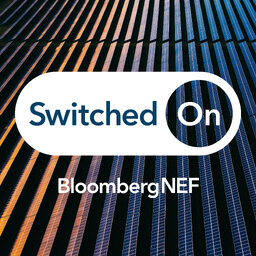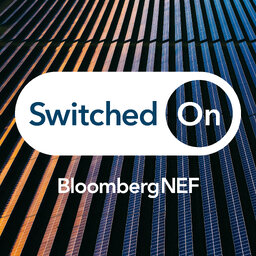Energy-hungry data centers are on the rise. Power demand driven by artificial intelligence has been met by an increase in power purchase agreements (PPAs) for low-carbon energy. Meanwhile, DeepSeek has reduced demand through more efficient computations. So what is driving decision making at tech companies that work in the AI and data center space? At the 2025 BloombergNEF Summit San Francisco, Mark Daly, BNEF’s head of technology and innovation, moderated a panel titled “Data Center Dynamics.” This episode brings listeners that panel, which featured Steven Carlini, chief advocate of data centers and AI at Schneider Electric; Will Conkling, head of data center energy for the Americas and EMEA at Google; Kleber Costa, chief commercial officer at AES Corporation; and Darwesh Singh, founder and CEO at Bolt Graphics.
To learn more about BNEF’s Summits taking place around the world and to see recordings of BNEF Talks at previous Summits, head to https://about.bnef.com/summit/.
 Switched On
Switched On


